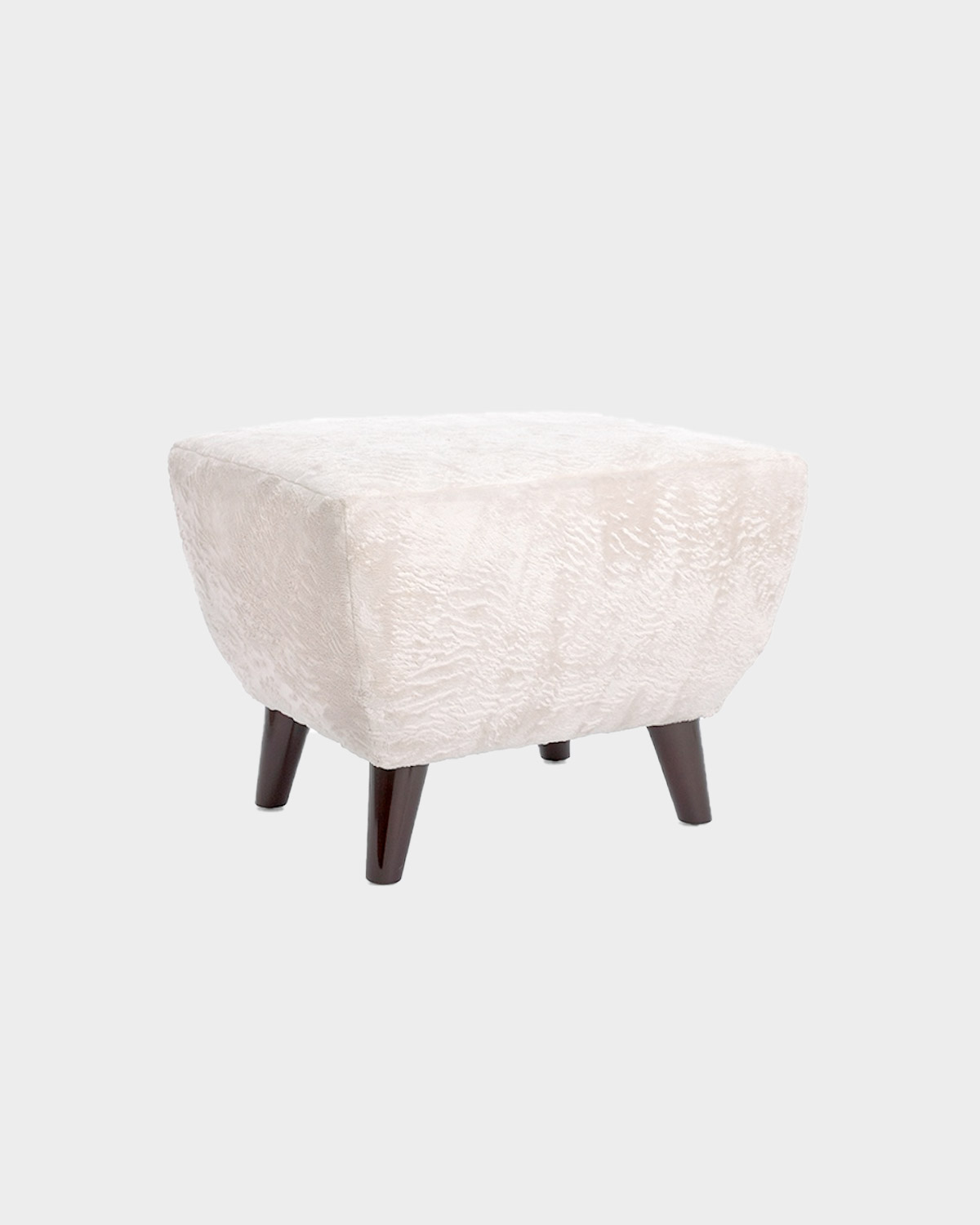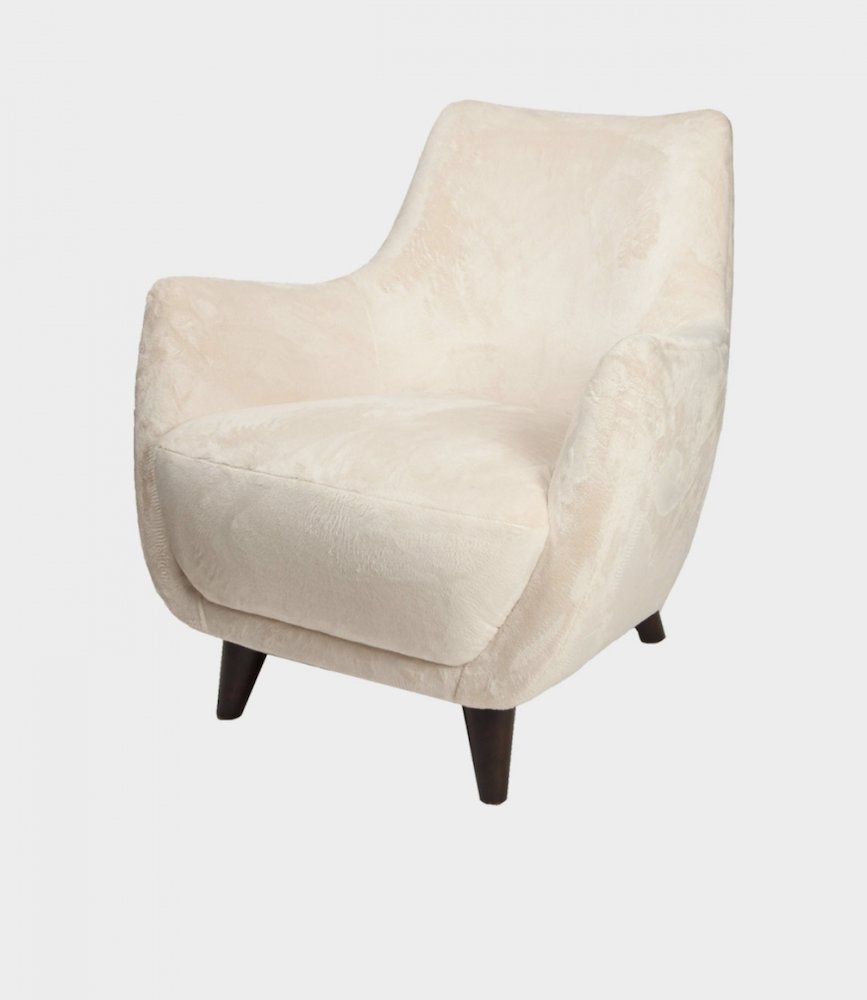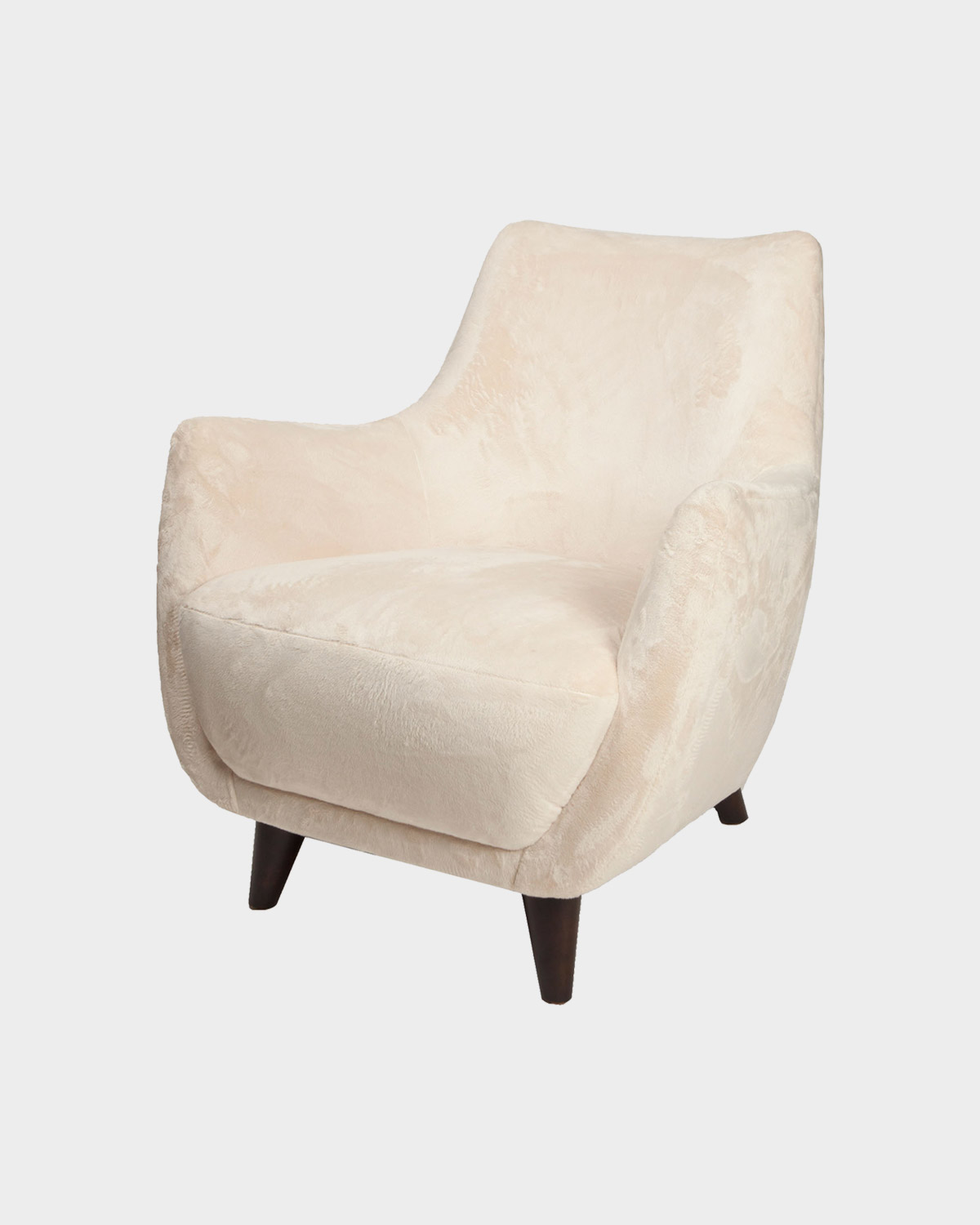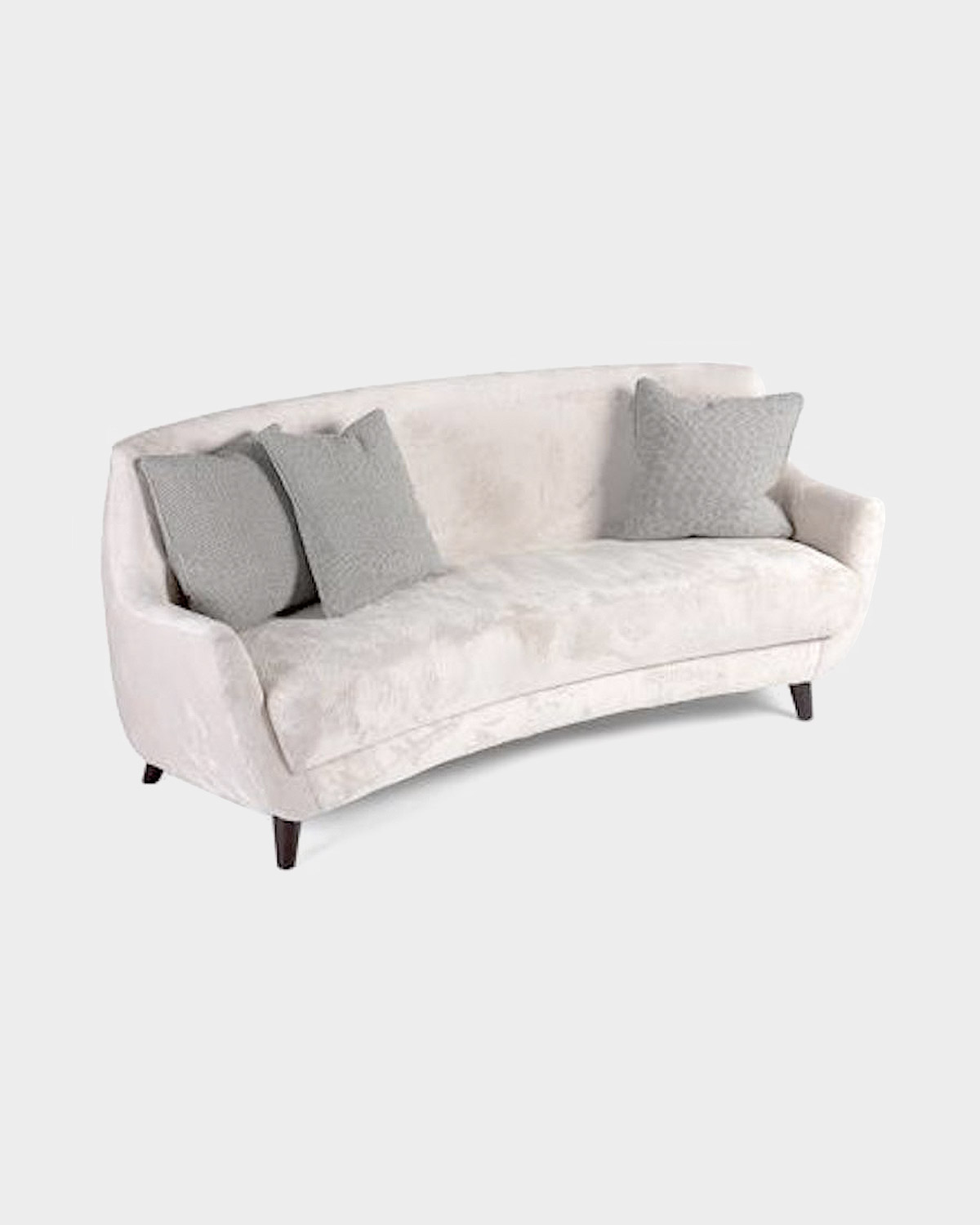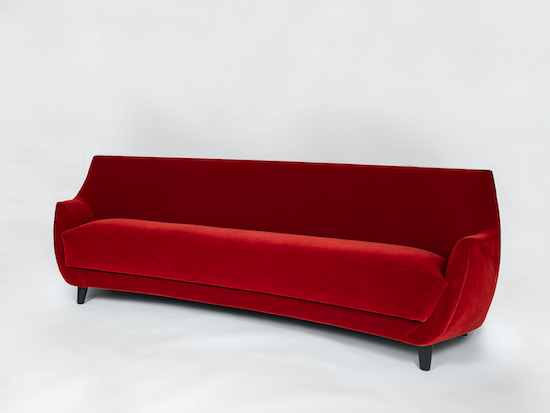Use and Care Guide
Care Instructions
Studio Van den Akker (SVDA) products are meticulously handcrafted from the finest materials that evolve and gain distinctive character over time, underscoring their enduring quality. To preserve the beauty and longevity of your SVDA pieces, we recommend handling them with care using the following directions, ensuring they remain a cherished part of your collection for years to come.
Woods:
Wood pieces have been stained and/or polished to bring depth and beauty to each finish. Although most are protected with either a clear coat or wax, they are still susceptible to wear.
-Maintenance: Care for your wood pieces by dusting regularly with a soft cloth. Do not use aerosol, commercial, or heavy-duty polishes or waxes, as they can yellow light finishes.
Important Environmental Information:
-Do not place/leave hot or moist objects directly on wood surfaces. Rubber or plastic left on the wood finish can damage the finish.
-Do not place wood items near heaters, air conditioning units, or in direct sunlight to prevent over-drying and fading.
-Avoid extreme humidity changes in your home, as this can cause wood to expand and contract, and can cause damage.
-Maintain humidity levels between 35-45%, as extremely dry air can cause wood to crack.
-Exposing wood to extreme moisture can also cause swelling and warping.
Restoration:
-We recommend that deeply stained or soiled wood pieces be professionally cleaned or refinished.
COM/COL/COT (Customer’s own Fabric, Trim, and Leather):
Use & Care Notice:
-When specifying fabrics, trims, or leather upholstery from an outside source, please refer directly to that supplier for all care, cleaning, and maintenance instructions. SVDA is not responsible for the
performance, wear, or upkeep of materials not provided through our showroom or vendors.
Glant
INTRODUCTION
Your Giant textile is a luxury fabric made of the finest fibers and dyes, which when properly used and cared for, will give you great
pleasure. These care and cleaning notes summarize answers to the questions we receive most often regarding care and cleaning.
VACUUMING
Vacuuming upholstered pieces is the first step in caring for them. Although using vacuum cleaner accessories can help ease access
into angled corners and awkward curves, beware of brush attachments with stiff fibers or metal wicks, as they can abrade fibers.
CLEANING
The nature of the cleaning method employed by a professional cleaner should depend on the fiber composition of the particular textile.
DRY CLEAN unless otherwise noted on the sample tag or in our Price List. This method is used for all of our 100% natural
fiber textiles and most other fiber compositions. Use a dry solution worked with a soft brush. These textures are not pre
treated nor pre-shrunk; therefore, wet solutions are to be avoided. Do not use foam upholstery cleaning products.
Certain textures have special cleaning instructions noted on the sample tag and in the Price List, as summarized below:
WET CLEAN These textures should be professionally wet cleaned. They should be cleaned with a pH neutral soap by a
professional cleaner. They should not be dry cleaned. They are: Giant Iridescent Leather, Giant Patent Leather and all Giant
Outdoor textures.
DRY CLEAN OR WET CLEAN These textures can be cleaned by either method: Giant Billiard Cloth, Giant Crimped
Sheer, Giant Frosted Sheer, Giant Liquid Leather
CLEANING WITH A DAMP SPONGE These textures should be cleaned with a damp sponge and soapy water. They
should not be dry cleaned and do not benefit from professional wet cleaning. They are: Giant Metallic Canvas.
DRY IRON, NO STEAM OR WATER These textures should be dry ironed with no steam and no water: Carmel, Couture
Basketweave N.4 and N.5, Couture Herringbone N.4, Couture Linen N 4., Palm Beach.
SPILLS
In case of a spill, using a gentle touch, blot (do not rub) with a towel or other dry cloth to absorb moisture. Change cloths frequently as
they become damp. Do not rub frantically, as this will drive the stain further into the weave of the fabric, making it more difficult to
remove. Immediate attention to any stain or spill is best. If allowed to soak into the fabric, or to dry, chances of complete removal
decrease. Not every stain can be completely removed from a fabric; in fact, continued ‘working over” of a particular spot may, in some
cases, partially remove the dye or damage the fabric.
Most important, seek the advice of a reputable furniture cleaning professional for the best care and cleaning of
Glant textiles.
SOME FABRIC KNOWLEDGE BASICS
Probably the most important element in caring for your fabric investment is some basic fabric knowledge coupled with good common
sense.
All upholstery fabrics are vulnerable to both natural body oils and applied lotions from skin, hair, soiled hands and clothing. The inks
from newspapers or magazines that rub off on your hands while you are turning pages also come off on your chair or sofa if they are
left on the fabric.
All upholstery fabrics will fade, particularly when exposed to the sun. The degree of fading depends on the intensity and frequency of
the sunlight, whether direct or indirect, and the color. Some slight change or softening in color over time is a natural characteristic.
Part of the beauty and attractiveness of cotton, linen, wool and other natural fibers are their “living nature”their softness, breathability,
color intensity and luxurious hand resulting from the use of these “live” fibers. Because of their nature, you can and should expect
some change in texture appearance over time.
FABRIC TREATMENTS OR COATINGS
Soil repellent coatings for fabrics can help prevent dirt from settling in fibers. One type of finish or treatment may work better than
another depending on the type of stain (whether water, alcohol or oil based). These treatments are not miracle workers; they are
meant to reduce dirt absorption and staining, but that does not mean the fabric will never soil or stain. The effectiveness of the finish is
reduced over time by normal wear and abrasion and can also be removed by cleaning.
EXTRA FABRIC
Having an extra yard or two of fabric on hand may be inexpensive insurance in the event of small disasters. Indelible stains or cigarette
burns need not doom an entire piece if a new cushion can be made or an arm recovered.
GUIDELINES ONLY
Remember that these care and cleaning notes are meant to be guidelines only. They do not substitute for the advice and work of an
experienced furniture cleaning professional. If attempting to find a professional in your area, membership in ASCR International
(Association of Specialists in Cleaning and Restoration) is often a good indication of their experience.
Leathers
Precautions:
-Leather is a soft, porous material that is often uncoated and can easily absorb liquids and oily substances.
-Avoid contact with lotion or water, or other liquids.
-Avoid contact with raw denim and other materials that can transfer their finish to the leather.
-Maintain leather by keeping it away from direct sunlight and heating vents to prevent fading and cracking.
Maintenance:
-Care for leather by dusting with a soft cloth and lightly vacuuming.
-Avoid abrasive cloths or cleaning products.
Restoration:
-We recommend that stained or soiled leathers be professionally cleaned.
Print
